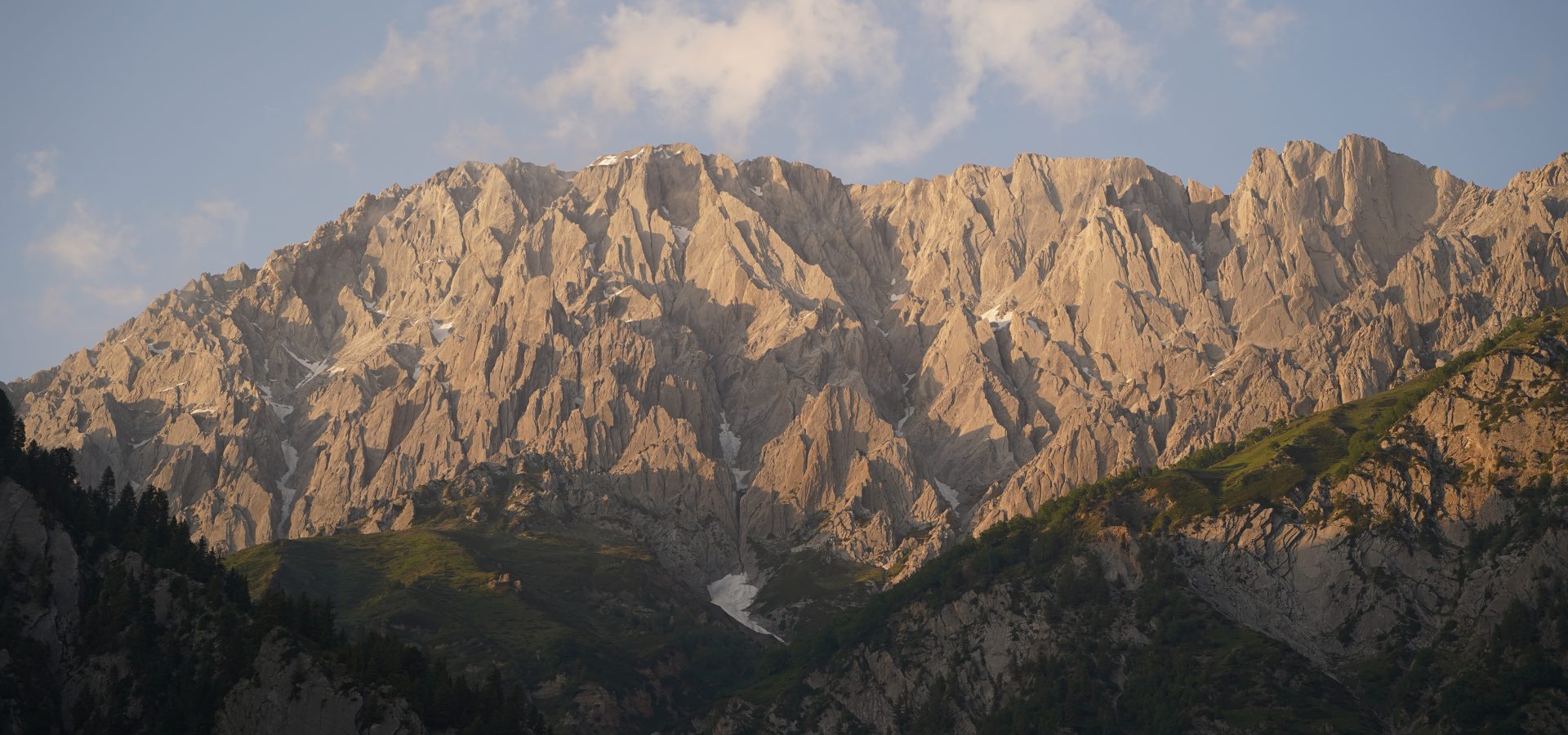When we think of wildlife, many of us immediately think of safaris. This is why wildlife and tourism often go hand in hand. According to the United Nations World Tourism Organisation (UNWTO), 7% of the world’s tourism relates to wildlife tourism and this is growing at the rate of 3% annually.
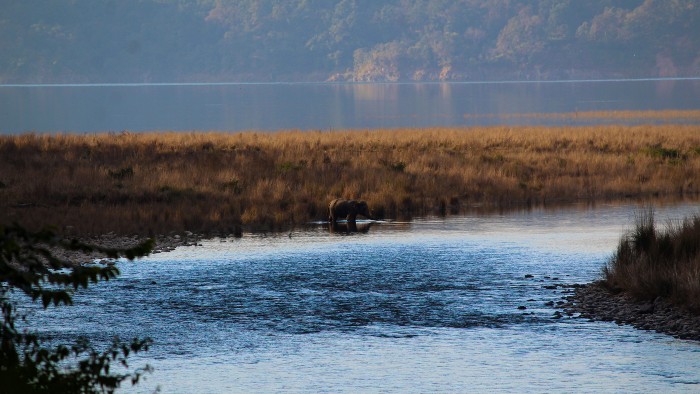
From looking at the giraffes running in the savanna to hoping to get a glimpse of the Bengal tiger in India, wildlife sites have surely found their slots in holiday itineraries. Well known for hosting rich wildlife, countries such as India, Africa, Australia, Sri Lanka, and many more have a huge footfall of tourists who visit with the purpose of spotting marvellous birds and splendid animals. Let’s explore some of the reasons why wildlife tourism is being pushed to the top.
1. Economical Value
Any kind of tourism for a country enhances its economy. This suggests that with new tourists visiting countries for wildlife trips every year, the amount of funds towards the wildlife national parks in that country will also increase. This comes as a boon towards efforts aimed to expand or restore wildlife habitats for the animals to prosper, which would further benefit the tourism industry in turn.
Welcoming tourists to national parks and sanctuaries so as to witness wildlife in their natural routine raises financial donations for projects aimed at conserving animals and their habitat. Many visitors often donate to organisations for the well-being of different animals that are being rescued from brutal captivity, human-wildlife conflict and illegal trade.

2. Poaching Control
Groups of sensitised visitors entering a national park or jungle every day will lead to the security of the area becoming better and tighter, making it very difficult for poachers to move in and around the jungle. Since poaching is illegal in many parts of the world, the risk of getting caught overpowers the greed of trafficking. It has been observed that the rise of wildlife tourism has seen a significant increase in park surveillance and anti-poaching operations.
This effective move not only helps in the conservation of wild animals, but also gives people a chance to perceive how important animals are for the stability of the ecosystem and environment.
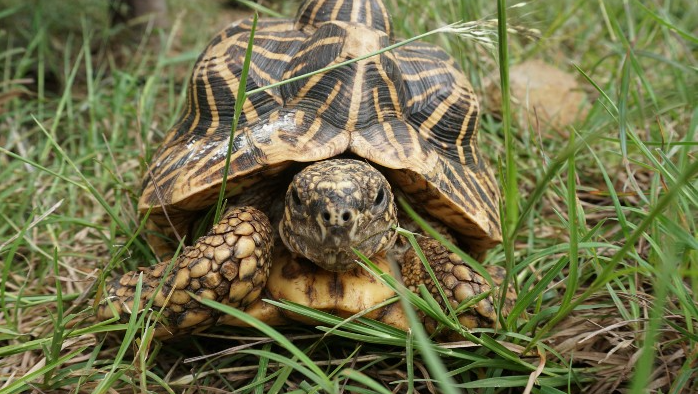
3. Opportunities for Indigenous Communities
One of the major impacts of wildlife tourism has been towards the opening up of opportunities for local communities residing in close proximity to wildlife. Many national parks in India have people from the same locality working as staff members to secure and maintain the area. They are also well aware of their surroundings, and can therefore offer their knowledge to tourists as guides who lead the group. This way, indigenous communities in this industry have been provided with employment opportunities that secure their own welfare.
Several guides and drivers of safari gipsies introduce curious tourists to the wild environment owing to their own years of experience while living there. Their deep understanding of the diverse species of flora and fauna is sure to stimulate interest and enthusiasm among visitors, as well as cultivate a passion in them to conserve wildlife.
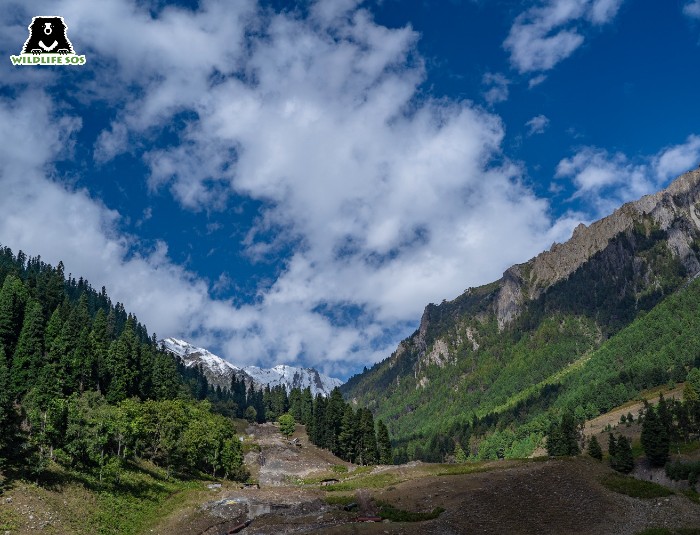
Now that we understand how wildlife tourism is crucial for a country to progress in its conservation efforts, it is imperative to also consider the urgent need of practising this ethically. Lack of awareness can often lead to unethical practices while we visit precious zones that are home to cohabitants of our planet. So, how can one follow the right ways while navigating through these areas?
It is most important for anyone visiting a sanctuary or a wildlife terrain to first read the guidelines provided by the management of the sanctuary or the forest department, and make sure to follow them. One should know the exact rules and regulations of the park they are visiting, and adhere to them. A wildlife tourist is required to have a lot of patience and a keen understanding of the environment being visited. Entering a national park without any knowledge about its wildlife and the rules can be risky and life-threatening to both the animal and the tourist. It is imperative to pay heed to the directives laid out by the concerned authorities.
Wildlife tourism and ethical behaviour are meant to exist side by side. Adopting the latter indicates respect towards the environment, and reflects the conscience of the person following it.
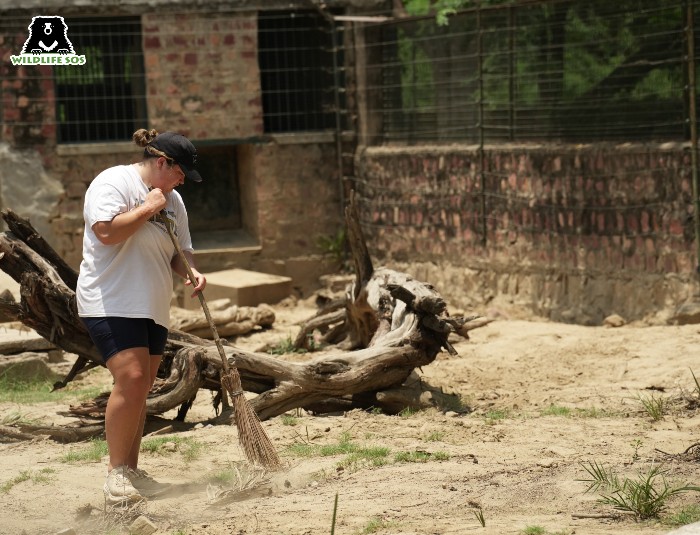
A large number of people choose to visit sanctuaries that follow ethical guidelines that involve humane and gentle care for the animals residing there. Wildlife SOS provides professional expertise with kindness towards the welfare of animals rescued from situations of distress. At our centres, we welcome visitors and volunteers to spend quality time in the daily care of animals. Active involvement not only benefits the latter, but is bound to also strengthen the desire of people involved to work towards wildlife conservation.
Our volunteer programmes are open for one and all to participate in. As a volunteer, one gets to know more about the rescued animal’s background story, animal behaviour, and the nourishment our resident animals are provided with to support their health. Volunteers also get the exciting opportunity to create playful enrichments, set up meals for animals, and witness them express sheer delight as they engage with them!
If you are interested in contributing towards animal care as a volunteer, do send us an email at volunteer@wildlifesos.org!

